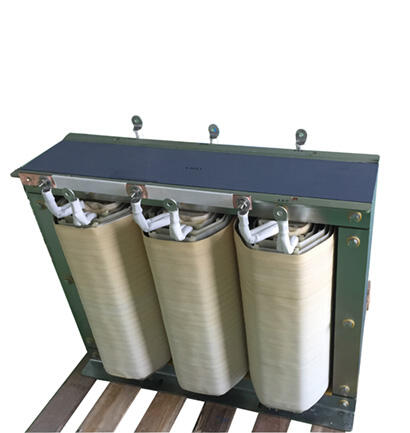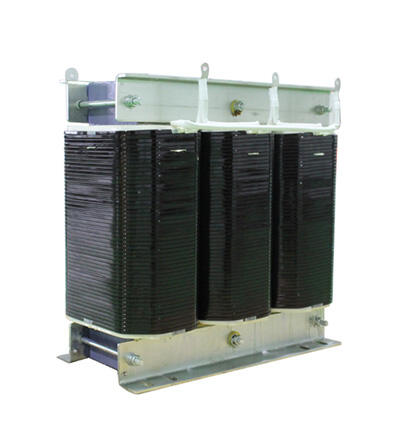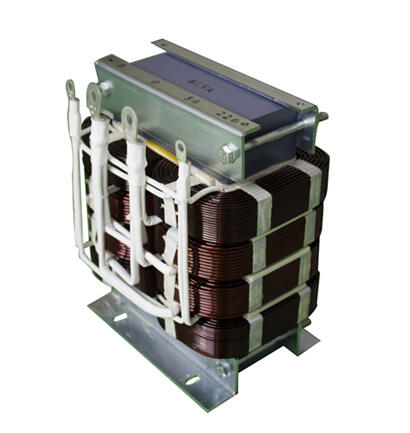controller for rail transit
The controller for rail transit represents a sophisticated control system that serves as the brain of modern railway operations. This advanced technology integrates multiple critical functions, including train movement supervision, signaling coordination, and safety protocol management. The system employs state-of-the-art microprocessors and robust software algorithms to ensure precise control over train operations, maintaining optimal spacing between vehicles and managing speed regulations. It interfaces with various subsystems such as automatic train protection (ATP), automatic train operation (ATO), and platform screen doors, creating a comprehensive control network. The controller processes real-time data from multiple sensors and tracking systems, enabling dynamic adjustments to train schedules and routing. Its modular architecture allows for easy upgrades and maintenance, while redundant systems ensure uninterrupted operation. The technology incorporates advanced diagnostic capabilities for predictive maintenance and immediate fault detection. In practical applications, the controller manages everything from simple point-to-point shuttle services to complex metropolitan networks, adapting to various operational scenarios and passenger demands. The system's flexibility enables it to handle both automated and manual operations, providing seamless integration with existing infrastructure while supporting future expansions and technological advancements.


